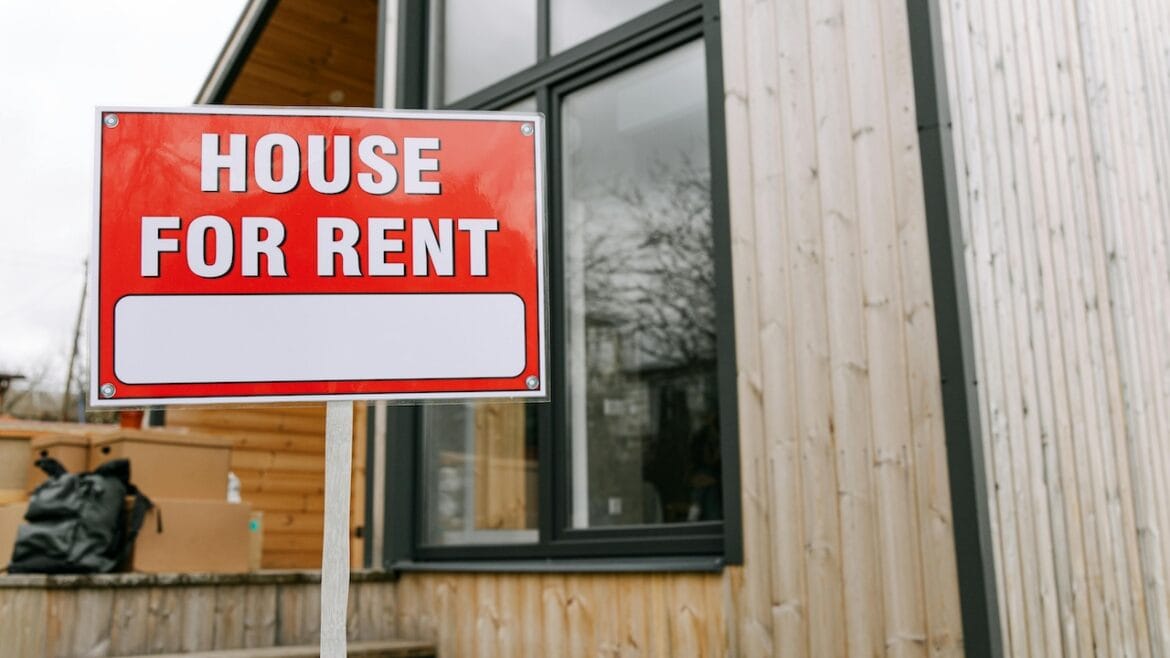Living in a rented house or apartment comes with its own set of challenges, particularly when it comes to maintaining a safe and healthy environment.
One of the most concerning issues tenants may face in Florida is mold growth, often exacerbated by water damage and damp conditions.
If you find yourself in a situation where mold is a potential problem in your rented home, it’s important to understand your rights, responsibilities, and the steps you can take to tackle the problem.
Got Mold?
Mold thrives in damp, humid environments, and can often be found in areas affected by water damage.
You likely have a mold problem if:
- The house or apartment smells musty or damp.
- There are water stains on walls or other surfaces.
- There is visible mold spots, discoloration, or water spots, on walls, ceilings, or floors.
- Your wood flooring is buckling or warped, or your carpet is squishy and damp or wet to the touch.
Listed in bold above are severe and potentially dangerous signs of advanced mold, so if you have those, please act fast. Children specifically should never live in a home that is mold damaged, nor should pregnant women, elderly people, or immunocompromised people.
Aside from the house or apartment you’re living in, there are other potential physical signs of mold:
- Itchy or red eyes.
- Children unable to sleep through the night.
- Sneezing, coughing, wheezing, or trouble breathing.
- Mental slowness or inability to focus or concentrate.
- Symptoms that worsen while at home, or that reduce or disappear while away from home.
Please note these symptoms may be caused by other factors, but if enough of them are present, mold is definitely worth looking into, according to multiple Governmental Agencies and widely-recognized U.S. Universities.
Mold can pose health risks, particularly for people with respiratory issues, allergies, or weakened immune systems.
Tenant Rights and Responsibilities
As a tenant in Florida, you do have some rights regarding the “habitability” of the home or apartment you are renting or leasing. Florida law also requires that landlords maintain their rental properties in conditions that are safe and habitable.
Their responsibilities include addressing mold problems that arise, but you must first alert them to these problems.
The best way to alert or inform your landlord of a mold problem is the fastest way—often a text or call—followed by the more legally-binding way: a letter sent via the U.S. Postal Service, to the address listed on your lease.
Calls, texts, and emails are all helpful, especially because they arrive near-instantly, but if your mold problem is serious or threatening, you should always, always, send a complete letter to the address listed on your lease.
Here’s what you should do and what to expect:
- Report the Issue: Notify your landlord in writing about the mold and any associated water damage. Include details about the condition of the property, such as the buckling floors and damp smell. This documentation is essential for any future actions you may need to take.
- Landlord’s Responsibilities: Once notified, your landlord is obligated to address the issue. This may involve hiring a professional mold remediation company to assess and treat the problem. The landlord is generally responsible for the costs associated with remediation if the mold is due to their negligence or failure to maintain the property.
- Tenant’s Responsibilities: As a tenant, you are responsible for maintaining the property in a reasonable condition. This includes reporting issues promptly and taking care of minor maintenance tasks. However, you should not be responsible for mold remediation costs if the issue stems from the landlord’s failure to maintain the property.
Steps to Take for Mold Remediation
If you suspect mold in your rental property, follow these steps:
- Document Everything: Take photos and keep records of any mold growth, water damage, and communications with your landlord. This documentation will be useful if disputes arise.
- Contact Your Landlord: Send a formal written notice to your landlord detailing the mold issue. Be clear about the health risks and the need for immediate action.
- Request a Professional Assessment: If your landlord does not respond or take action, you may request a professional mold inspection. Depending on the lease agreement and local laws, you may be able to cover this cost upfront and seek reimbursement from your landlord later.
- Seek Legal Advice: If your landlord fails to address the mold problem, consider seeking legal advice. A tenant’s rights attorney can provide guidance on how to proceed, including potential remedies such as rent reduction or lease termination.
Who Pays for Mold Removal/Remediation?
Typically, the costs associated with mold remediation fall on the landlord, especially if the mold problem is due to their negligence.
However, if the mold is a result of your actions as a tenant—such as a leaking water bed, or not properly ventilating the property, you as the tenant may be held responsible for remediation costs.
In cases where the landlord refuses to take action, tenants may need to cover the costs themselves initially but can pursue reimbursement or other legal remedies.
Of course, Mold Solutions is a mold remediation and water damage restoration company, not a/your legal firm. So we hope this is helpful, but we remind you that it’s not legal, personal, or professional advice.
Conclusion
Mold issues in rented properties can be challenging, but understanding your rights and responsibilities as a tenant is vital. By documenting the problem, communicating effectively with your landlord, and knowing the steps to take for remediation, you can help ensure a safe and healthy living environment. If necessary, don’t hesitate to seek professional help or legal advice to protect your rights.
For more information on mold remediation services, contact our team today. We are here to help you navigate mold issues and ensure your home remains safe and comfortable.







